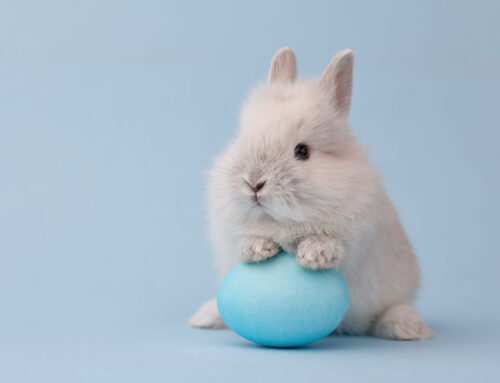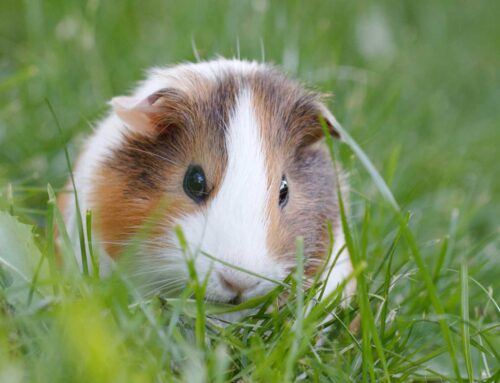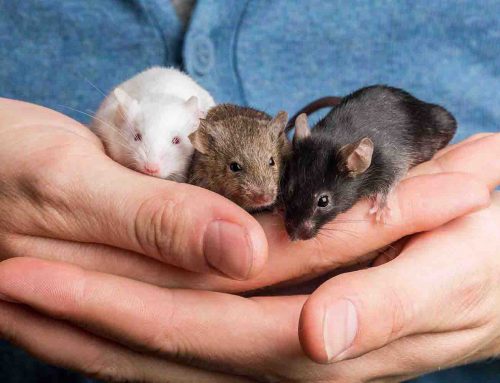Most problems with lizards are related with poor maintenance of temperature, humidity and day length.
Feeding
- Lizards have a wide variety of food preferences, as might be expected in a group of animals that differ considerably in their habit preferences, size and form. To provide a suitable diet for reptiles, consider the following:
- obtain or replicate the food that the animal feeds on in the wild
- present food items of a suitable size and presentation
- ensure foods such as insects and snails have not been in contact with any insecticides
- Most smaller species are insectivorous so a wide variety of insects, preferably live, should be offered. The insect diet can be supplemented with Wombaroo reptile supplement eg, feed the crickets on a 80% cricket food and 20% calcium carbonate (approximately 2-3 days before feeding the crickets to your lizard).
- Some omnivorous lizards may eat clover, dandelion, mulberry leaves, milk thistle, watercress, chopped fruits and vegetables (such as banana, apple, pawpaw, pear, lettuce & tomato. This is in addition to snails, slugs & mealworms. You can offer small amounts of moistened dog dry food and canned dog food.
- Feeding frequency is approximately every two to three days. Lizards are active animals with a metabolism that is higher than snakes ; therefore they require regular small meals in warm weather every two days and in cold weather every three days.
- Digestion in reptiles depends largely on the environmental temperature of the housing. Thus it needs to be maintained at optimum levels. A sudden drop in temperature after feeding may lead to regurgitation or decomposition of the food in the stomach.
Housing
- It is essential that the animal is housed correctly and the ambient temperature is suitable for the species.
| Type of Lizard | Preferred Body Temperature (oC) |
| Common Bluetongue Lizard | 28 – 32 |
| Shingleback Lizard | 33 |
| Bearded Dragon | 35 -39 |
- These temperatures are best achieved through the use of 60 watt blue light globes or infrared spotlights in, or over, one end of the enclosure, The ideal enclosure is made of wood or perspex. Glass constantly loses heat through the walls so maintenance of a suitable temperature can be difficult to achieve.
- Provision of branches or rocks placed under the heat source allow the lizard to sit at varying distances from it. A hollow log or upturned flower pot provides a cool retreat.
- Ultraviolet light, either through exposure to unfiltered natural sunlight, or an artificial reptile UV light source, is necessary to prevent Vitamin D deficiencies thence skin and bone disorders.
Blue tongue Lizard
Housing
- Blue tongues have a preferred body temperature of 28-32C with a variance of 2-3C on either side. These temperatures are best achieved with a 40-75 watt blue light globes or an infrared heat lamps over one end of the enclosure. Provision of logs or rocks under and around the heat source allow your lizard to sit at varying distances from it. A hollow log or upturned flower pot provides a cool retreat.
- Unfiltered natural sunlight or artificial reptile ultraviolet light help to prevent vitamin D deficiency plus skin and bone disorders. The light should be replaced regularly, ie every 3-6 months, as they lose strength.
- The enclosure (ideally made of wood and perspex) should be large enough for your bluetongue to move around freely. A leaf litter floor covering can be replaced regularly and encourages burrowing.
- Thermometers and humidity gages are essential.
- Humidity should be maintained between 35-75% to provide an environment as natural as possible. This can be achieved by a shallow dish of water in the enclosure.
Feeding
- Feed your bluetongue every two days in warm weather & every three days in colder weather.
- Offer a variety of foods such as insects (eg, meal worms, snails, slugs, worms), clover, dandelion, mulberry leaves, milk thistle, watercress, chopped fruits and vegetables (such as bananas, apple, pawpaw, pears, green beans, carrots, alfalfa sprouts, parsley and tomato). Small amounts of moistened dry dog food may be given. Reptile supplements are also available. Ensure insects and snails have not been exposed to insecticides or the poisons of oleander trees.
- Calcium is important for strong bones and teeth – add a calcium supplement to the food once a week.
Bearded and Water Dragons
Housing
- Dragons have a preferred body temperature of 35-39oC with a variance of 2-3oC on either side. These temperatures are best achieved with a 40-75 watt blue light globes or infrared heat lamps over one end of the enclosure. Provision of logs or rocks under and around the heat source allow your lizard to sit at varying distances from it. A hollow log or upturned flower pot provides a cool retreat.
- Unfiltered natural sunlight or an artificial reptile ultraviolet light help to prevent vitamin D deficiency thence skin and bone disorders. The light should be replaced regularly, ie every 3-6 months, as they lose strength.
- The enclosure (ideally made of wood and perspex) should be large enough for your dragon to move around freely. A screen top will ensure that excess heat can escape.
- Thermometers and humidity gages are essential.
- Humidity should be maintained between 35-75% depending on the species – this can be achieved by a shallow dish of water in the enclosure. Water dragons, however, need a water container large enough to allow it to completely submerge.
Feeding
- Feeding frequency is daily for juveniles and every 2-3 days for adults. Remember, incorrect temperatures harm appetite.
- All dragons are insect-eaters and should be offered a selection of live crickets, silkworms and meal worms. However, this diet is deficit in calcium. To avoid calcium deficiency and metabolic bone deficiency (Rickets) in your dragon, calcium supplementation is necessary via:
- feeding crickets with 80% cricket food and 20% calcium carbonate for 2-3 days before they are fed to your dragons; or
- injecting the insects with Calcium Sandoz Syrup or dusting with calcium carbonate powder immediately before being fed to your dragon.
- Bearded and Water Dragons also like a variety of chopped fruit and vegetables (such as banana, apple, pawpaw, pear, green beans, carrot, alfalfa sprouts, parsley and tomato), clover, dandelion, mulberry leaves, milk thistle, and watercress.Reptile supplements are also available.
We welcome you to book an appointment to discuss general care and/or health concerns of your lizard.






